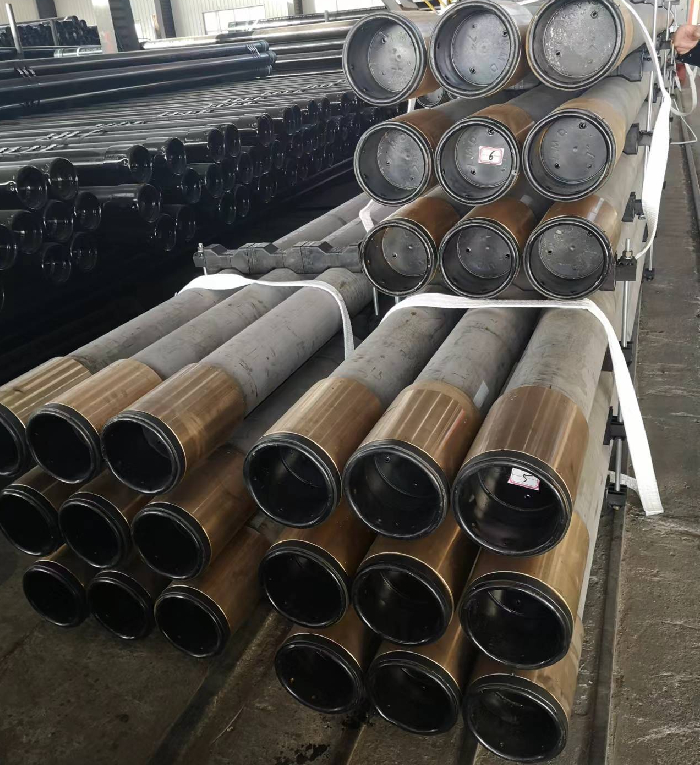- Afrikaans
- Albanian
- Amharic
- Arabic
- Armenian
- Azerbaijani
- Basque
- Belarusian
- Bengali
- Bosnian
- Bulgarian
- Catalan
- Cebuano
- Corsican
- Croatian
- Czech
- Danish
- Dutch
- English
- Esperanto
- Estonian
- Finnish
- French
- Frisian
- Galician
- Georgian
- German
- Greek
- Gujarati
- Haitian Creole
- hausa
- hawaiian
- Hebrew
- Hindi
- Miao
- Hungarian
- Icelandic
- igbo
- Indonesian
- irish
- Italian
- Japanese
- Javanese
- Kannada
- kazakh
- Khmer
- Rwandese
- Korean
- Kurdish
- Kyrgyz
- Lao
- Latin
- Latvian
- Lithuanian
- Luxembourgish
- Macedonian
- Malgashi
- Malay
- Malayalam
- Maltese
- Maori
- Marathi
- Mongolian
- Myanmar
- Nepali
- Norwegian
- Norwegian
- Occitan
- Pashto
- Persian
- Polish
- Portuguese
- Punjabi
- Romanian
- Russian
- Samoan
- Scottish Gaelic
- Serbian
- Sesotho
- Shona
- Sindhi
- Sinhala
- Slovak
- Slovenian
- Somali
- Spanish
- Sundanese
- Swahili
- Swedish
- Tagalog
- Tajik
- Tamil
- Tatar
- Telugu
- Thai
- Turkish
- Turkmen
- Ukrainian
- Urdu
- Uighur
- Uzbek
- Vietnamese
- Welsh
- Bantu
- Yiddish
- Yoruba
- Zulu
Understanding the Functionality and Use Cases of Pipe Bull Plugs in Plumbing Systems
Understanding Pipe Bull Plugs Essential Tools in Fluid Management
In the world of fluid management and piping systems, various components play pivotal roles in ensuring the efficacy, safety, and reliability of operations. Among these components, pipe bull plugs stand out as essential tools that contribute significantly to the overall functionality of pipeline systems. This article aims to delve into the various aspects of pipe bull plugs, highlighting their purpose, design features, applications, and importance in industrial settings.
What is a Pipe Bull Plug?
A pipe bull plug is a type of pipe fitting designed to seal the end of a pipe. Typically crafted from materials such as steel, PVC, or other durable plastics, these plugs are integral in preventing the leakage of fluids or gases. Bull plugs come in various sizes to fit different pipe diameters and are available in both threaded and unthreaded designs, offering flexibility in their application.
Purpose and Functionality
The primary purpose of a pipe bull plug is to create a tight seal at the end of a piping system
. This sealing function is critical in operations where containment is paramount, such as in chemical processing, water supply systems, and oil and gas industries. Additionally, bull plugs are instrumental during maintenance and repairs, allowing technicians to isolate sections of piping for inspection or replacement without the risk of fluid leakage.In many applications, bull plugs are also used for pressure testing. By sealing the end of a pipe, operators can safely pressurize the system to check for leaks before it goes live. This preemptive measure not only ensures the integrity of the piping system but also saves companies from potential economic loss and environmental hazards.
pipe bull plug

Design Features
The design of a pipe bull plug is straightforward yet effective. A typical bull plug features a cone-shaped end or a rounded head that fits snugly into the pipe’s interior, creating a tight seal. Some models include a hexagonal or square external shape, which allows for easy tightening with a wrench. The materials used for manufacturing bull plugs are chosen based on their compatibility with the fluids or gases they will be sealing, as well as their ability to withstand varying pressures and temperatures.
Applications
Pipe bull plugs are versatile and find applications across various industries. In construction, they are utilized within plumbing and drainage systems to prevent backflow or leakage. In oil and gas, they serve critical roles in well testing and site shutdowns, ensuring that no fluids escape during drilling operations. Additionally, in water treatment facilities, bull plugs help manage the flow of water and prevent contamination.
Conclusion
In summary, pipe bull plugs are essential components in managing fluids in piping systems. Their ability to seal pipes effectively contributes to the safety and efficiency of industrial operations. By preventing leaks during both regular use and maintenance, bull plugs play a crucial role in protecting against economic losses and environmental damage. As industries continue to evolve, the importance of reliable and effective sealing solutions like bull plugs will only grow, underscoring the need for ongoing innovation and development in piping technology. Understanding the advantages of these fittings is fundamental for professionals working in fluid management, ensuring optimal performance and safety in their operations.
-
Tubing coupling plays a significant role in the chemical industryNewsApr.03,2025
-
The Importance of Tubing Crossover in Various Industrial FieldsNewsApr.03,2025
-
The characteristics and important role of Tubing Pup JointNewsApr.03,2025
-
Characteristics and functions of Pup jointNewsApr.03,2025
-
Characteristics and Functions of Pup Joint PipeNewsApr.03,2025
-
Application of Coupling Casing in Various ScenariosNewsApr.03,2025







